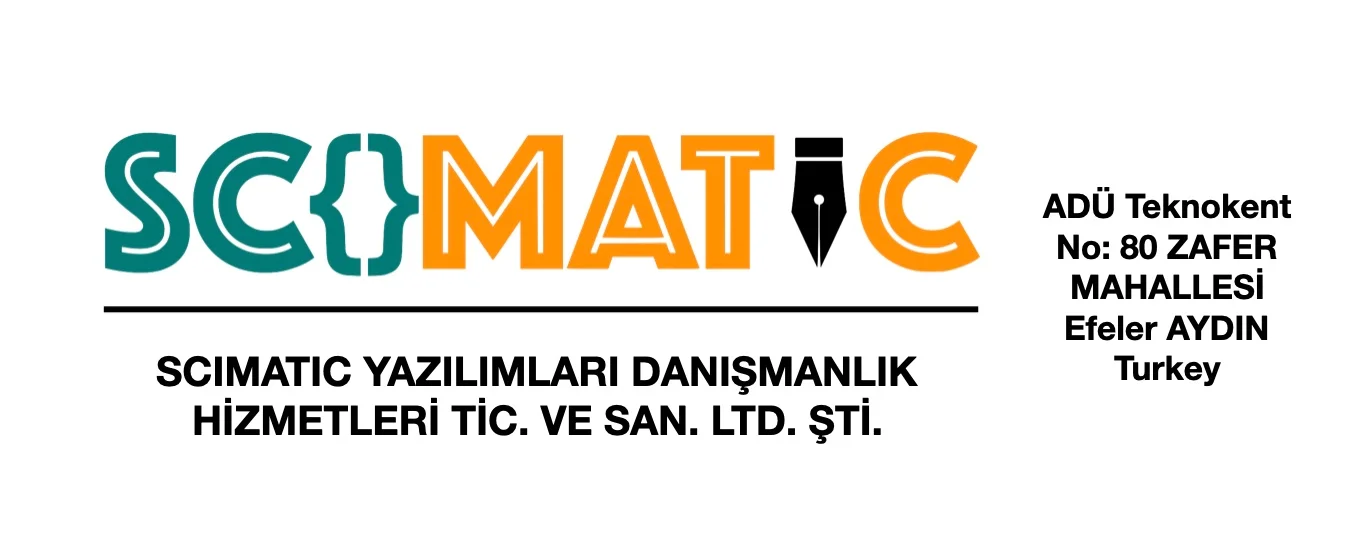Grammatical Interference of Indonesian Language into English in the Writing of Learners of English as a Foreign Language (EFL)
Abstract
The objective of the study was two-fold: firstly, to identify and explain the grammatical forms of interference of Indonesian language into English; and secondly, to find out what factors influence the emergence of interference in the writing of the fourth semester students of the English Department of Yogyakarta State University. For this descriptive study, data collection involved a total of 113 academic essays as well as guided interviews with selected candidates. Based on a sample of 58 students’ writing, a total of 95 instances of interference were identified and categorized into four types: Subject-Verb agreement (35 instances), article (18 instances), inflectional construction (26 instances), and vocabulary (16 instances). It was found that the emergence of interference is influenced by two factors: structural and non-structural. The complexities of the English language system together with the English linguistics proficiency of the EFL writers constitute the structural factor, while bilingualism, habit, and time account for the non-structural factor
Downloads
References
Beardsmore, H.B. (1982). Bilingualism: basic principles. San Diego: College-Hill Press.
Cook, J. S. and Suter R. W. (1980). The scope of grammar: a study of modern English. New York: McGraw-Hill.
Dulay, H. (1982). Language two. Oxford: Oxford University Press.
Ellis, R. (1997). Second language acquisition. Oxford: Oxford University Press.
Erarslan, A. and Hol, D. (2014). Language interference on English: transfer on the vocabulary, tense, and preposition use of freshmen Turkish EFL learners. Elta journal. Vol. 2, no. 2, 4-22.
Kesmez, A. (2015). An analysis of the L1 interference errors of turkish university students in their written productions. The journal of academic social science studies. Number 34, 395-402.
Kusumastuti, D. (2014). The emergence of interference in students foreign language acquisition. Proceedings teflin 2014. Book 1, 27-28.
Lekova, B. (2009). Language interference and methods of its overcoming in foreign language teaching. Trakia journal of sciences. Vol. 8, suppl. 3, 320-324.
Lightbown, P. (1985). Great expectations: second language acquisition research and classroom teaching. Applied Linguistics, 6, 173-189.
Lightbown, P., Spada, N. (1993). How languages are learned. Oxford: Oxford University Press.
Lopez, J. U. (2011). Spanish-English writing structure interferences in second language learners. Gist education and learning research journal. No. 5, 158-179.
Manrique, C. M. R. (2012). Mother tongue interference with foreign language: a case study about a2 oral production in a colombian public university. Opening writing doors journal. Vol.9, no. 1, 91-119.
Moeliono A. M. and Dardjowidjojo S. (1988). Tata bahasa baku bahasa Indonesia. Jakarta: Departemen Pendidikan dan Kebudayaan, Republik Indonesia.






















